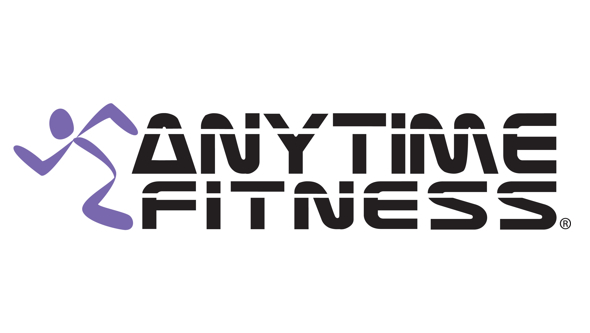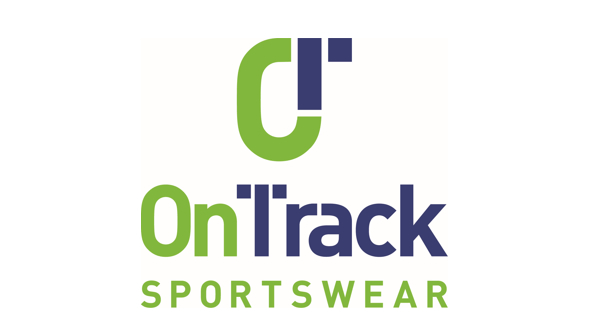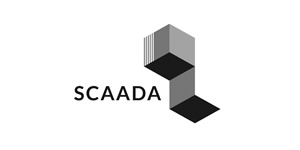| What is Covid-19? |
- Coronaviruses cause many respiratory and gastrointestinal infections (30% of human colds)
- Covid-19 is a new strain of the Coronavirus, originating in Wuhan, China 2019.
- Some connection with live animal markets in China (animal - human transmission); there has also been person - person spread.
|
| What is a pandemic? |
- Anyone, anywhere can be infected. The last pandemic was Influenza in 2009
|
| Why the fuss? |
1) Many healthy, fit people will recover with no problems. However, many young people can develop severe infection, potentially with long term health consequences. The virus is not just affecting the elderly and vulnerable.
2) Those who are vulnerable may become severely ill or die = aged, immuno-compromised, people with co-morbidities such as HIV, asthma, diabetes, heart disease, cancer, aboriginal communities, group residential settings, poorly controlled diabetes / asthma.
3) "Flattening the curve" - slow the transmission to reduce / flatten out the peak burden of disease on health services capacity.
|
| What are the symptoms? |
- Fever / chills, sore throat, dry cough, shortness of breath, runny nose, loss of smell / taste
- *Other*: headache, aches & pains, nausea, vomiting, diarrhoea
- Can be none > mild > severe pneumonia
- Children generally have very mild disease but may transmit to others ie) elderly grandparents.
|
| How is it spread? |
- Droplet, direct contact and airborne.
- Viral fragments are excreted in faeces therefore wastewater analysis / monitoring can be used for tracing infection
- Close contact with an infectious person (incl. 48 hrs before their symptoms appear) either directly or via a cough / sneeze.
- The virus can survive on some surfaces for up to 1 week
- Examples: touching door handles /tables contaminated by an infectious person, and then touching your face
|
| Incubation period & Infectivity |
- 2 - 14 days, average 5-6 days
- 1 infected person would be expected to infect 3 others
- Virus can be shedding before symptoms even develop (80%)
- Some people are "super-shedders" = shed more virus for longer
|
| How can you test for it? |
- Nasopharyngeal & throat swab (one swab for both)
- If attending GP or hospital, must ring ahead for instructions
- There are also drop-in & drive through testing sites.
- Covid tests are free for everyone
- Following a test you MUST stay home until you receive a negative result (usually 24 - 48 hrs)
|
|
Who is eligible for testing?
 Suspected Case -What you need to know Suspected Case -What you need to know
|
- Anyone with acute respiratory symptoms - cough, sore throat, shortness of breath, runny nose, loss of smell / taste - can be very mild
- Anyone with fever / chills / fatigue in the absence of other diagnoses
- Anyone withnew onset of any symptom AND who 1) has had close contact with a confirmed case, 2) has returned from overseas in the past 14 days, 3) is a healthcare / aged care worker
- Primary Close Contacts (see below)
- Someone recovered (no symptoms) and returning to work in a healthcare or aged care facility as directed by the DHHS
- Special circumstances ie) outbreaks as directed by the DHHS
- Note: A negative test on an asymptomatic person does not exclude Covid infection as they may be incubating the virus
|
| Testing Flow Chart |
Click this Testing Flow Chart |
| What is CLOSE contact |
- > 15 minutes face to face contact OR > 2 hrs sharing a closed space ie) classroom, house, plane, car
|
| PRIMARY Close Contacts |
= Close Contact (as above) with a Confirmed case
- must get tested & quarantine at home for at least 14 days
- if original test was negative, you must be re-tested on Day 13. If negative, you will be advised by the DHHS that your quarantine ends after day 14.
|
| SECONDARY Close Contacts |
= Close Contact (as above) with a Primary Contact
- must quarantine at home until advised by DHHS
- If your close contact tests negative, your quarantine period may be less than 14 days
|
|
What is CASUAL contact?
|
- < 15 mins face to face contact OR < 2 hrs sharing a closed space ie) office, extended family, schools
- No action or isolation required unless symptoms develop
|
| What are TIER 1, 2& 3 Exposure sites? |
- TIER 1: exposure sites with the greatest risk of catching & spreading Covid ie) close contacts > get tested and quarantine for 14 days regardless of the result
- TIER 2: lower risk of being exposed ie) casual contacts > get tested and quarantine until negative result
- TIER 3: precautionary / potentially where positive cases have just passed through > get tested is symptoms develop
|
| What is QUARANTINE? |
- You must stay at home and not leave the house for any reason (other than an emergency)
- You must live in a different room to other people in the house as much as possible; no visitors
- You will be advised by DHHS when you can finish your quarantine - usually 14 days, less for secondary contacts if the close contact tests negative
|
| How can I prevent transmission? |
- Self-isolate in circumstances outlined above
- Follow Government guidelines relating to the number of people gathering together.
- Hand hygeine - washing 20 seconds, hand sanitisers, tissue disposal
- Respiratory hygeine - coughing and sneezing etiquette
- Social distancing - 1.5 metres, no hand shaking, kissing, high 5s
- Environmental cleaning - benches, tables, light switches, door handles, phones Note: gym equipment, pools, towels, balls
- Standard face masks are now recommended both to prevent you transmitting and for self-protection. They are mandatory in all indoor setting unless eating / drinking. Masks must be carried at all times.
|
| How can we treat it? |
- There is currently no treatment so symptom control only ie) paracetamol, rest
- Note: This is a virus so antibiotics are of no use.
|
| Mental Health Resources |
- Looking after your mental health during the Covid-19 > Beyond Blue: click here
- How to cope with stress related to Covid-19 > headspace: click here
- Mental Health Resources > DHHS: click here
|

 Cart
Cart


















